WHMIS Test Answers and Hints
These are 20 sample questions and WHMIS test answers and hints that you are free to use as an additional resource as you prepare for WHMIS training in your workplace.
This sample test includes true or false sample questions, definitions, multiple-choice, and pictogram (symbols) questions.
Remember, online practice tests are not a replacement for real training done by real licensed professionals. If you need help getting the training you need to keep you and your workers safe, feel free to reach out to us at ACUTE to sign up for a full-fledged workplace safety training course.
Tip: Grab a notebook and a pencil. Jot down the questions and try to answer them before looking at the hints/answers!
WHMIS Test Answers and Hints – Symbols
This section relates to WHMIS Pictograms.
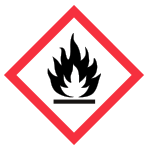
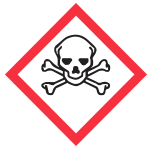
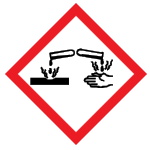
Do You Work with Hazardous Substances?
HAZWOPER training is essential for anyone who is exposed to hazardous substances or who is engaged in tasks such like: clean-up, treatment, storage, and disposal of hazardous waste.
Need Real WHMIS Training Today?
Searching for online WHMIS tests, answers, and hints can only take you so far. Remember, WHMIS training is mandatory for any worker who works with or is potentially exposed to hazardous products in the workplace.
If you’re looking for a deeper understanding of the WHMIS system, contact the experienced trainers at ACUTE today!
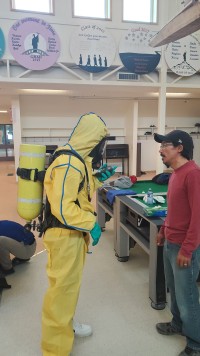
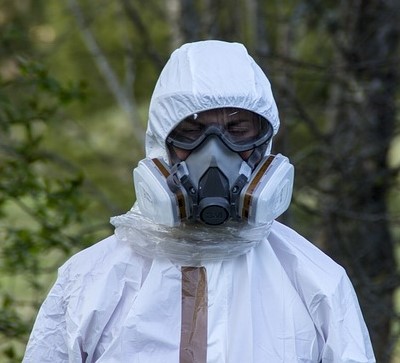
Training With ACUTE
With over 100 years of combined experience, you can be sure to receive quality, hands-on training from knowledgeable and experienced staff. Here are some of the differences when training with ACUTE:
- Open Door Instructor-Student Partnership – ACUTE’s training services emphasize client participation. Our staff
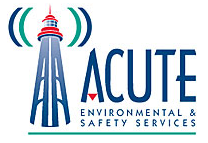 want to build a relationship with clients and serve as a touchstone for advice anytime moving forward.
want to build a relationship with clients and serve as a touchstone for advice anytime moving forward. - Serving Your Team and Industry – With a vast array of clients in the manufacturing, construction, health, academic, and government sectors, ACUTE brings the best safety practices from across the spectrum to your workplace.
- 100 Years Combined Experience – ACUTE provides comprehensive health and safety training, on-site safety services, and consulting services. With over 100 years of combined experience, our company staff offer more than theoretical or abstract ideas. ACUTE offers solutions.
- Track Record of Success – ACUTE is rated 4.9/5 stars on Google reviews, demonstrating a commitment to our clients, quality, and passion for training.
“ACUTE’s trainers have a passion for the material and care about their clients.”
– Rob, Tank Manufacturing Company

